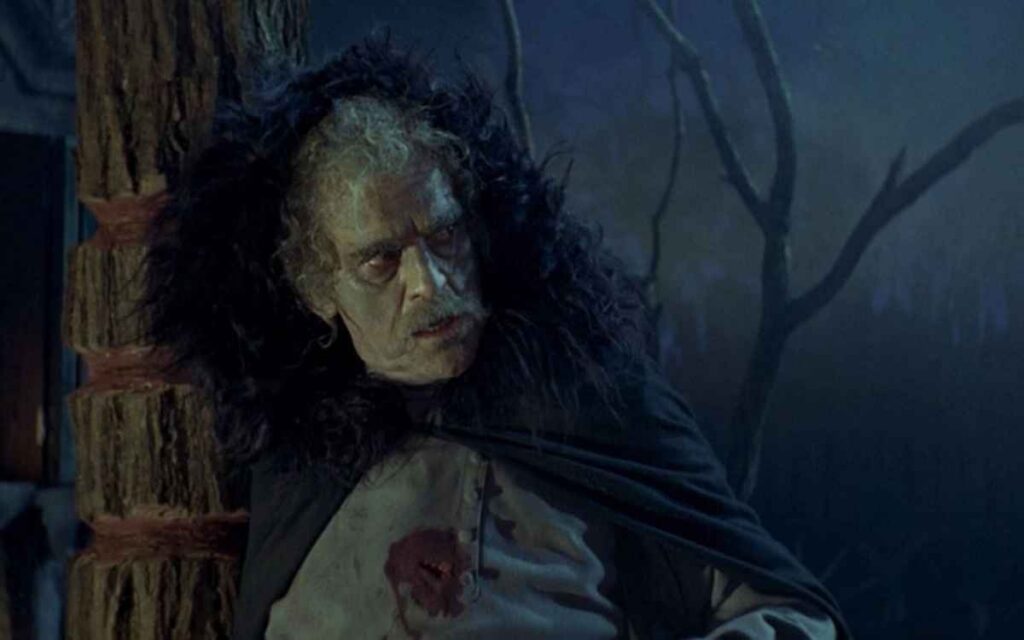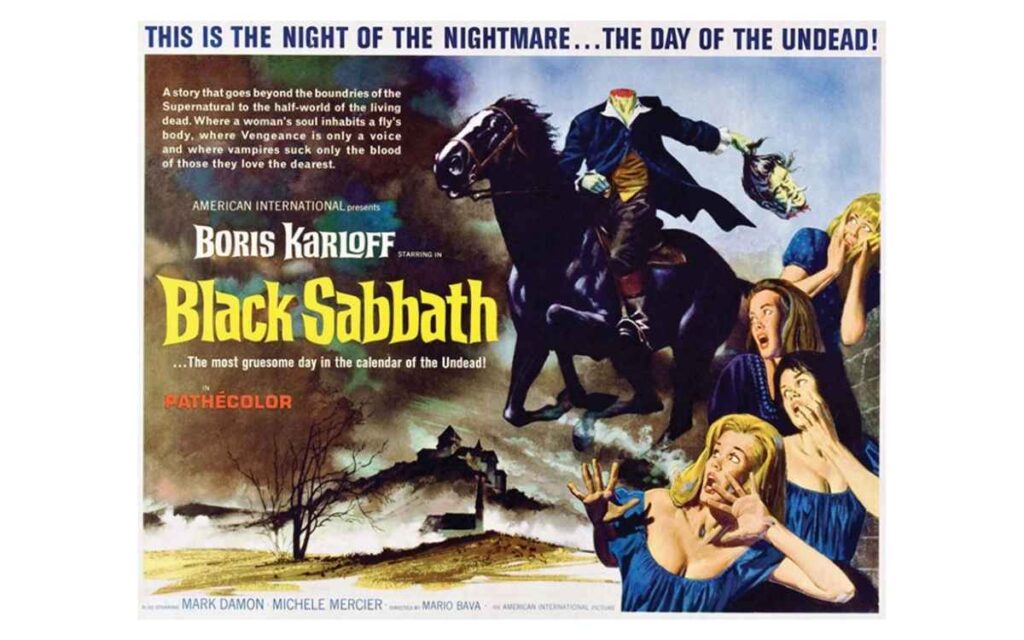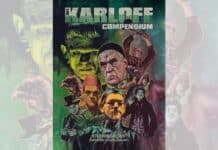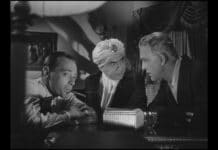Black Sabbath 1963, by celebrated Italian director Mario Bava, was Boris Karloff’s only vampiric role. TERRY SHERWOOD takes a look at the classic horror anthology.

TITLE: Black Sabbath
YEAR RELEASED: 1963
DIRECTOR: Mario Bava
CAST: Boris Karloff, Michèle Mercier and Lidia Alfonsi
Black Sabbath 1963 Review
Portmanteau films, in general, seem inconsistent in the quality of the story and often in the direction. Black Sabbath (Italian: I tre volti della paura or ‘The Three Faces of Fear’) is a 1963 anthology film directed in its entirety by Mario Bava. The Bava name should be enough to make it something special. watch. However, at the time of the initial release, the picture was a failure with audiences and critics. Those reasons are beyond the 2021 version of me and perhaps others as well.
Mario Bava had already made Black Sunday (1960) that brought Italian Horror to the attention of many. The Awful Dr. Orloff 1962 (Spanish: Gritos en la Noche, ‘Screams in the Night’), written and directed by Jess Franco, had done the same for Spain. American International Pictures struck a deal to produce these pictures for a North American audience. Italian companies were eager to do these pictures as they could use their stars coupled usually females in prominent roles with American actors cheaper than having them for a feature.
Black Sabbath 1963 is three separate stories that are introduced by Boris Karloff. I viewed the Italian print of the film which is the original version. Black Sabbath 1963 was a low-budget horror film, an international cast and foreign financial backing. Mario Bava fills the film with colour splashes, swirling fog banks, homes, castles, ruins, and villages. His camera moves fluidly somewhat jarringly through this landscape often relying on some contrived set pieces such as the three faces of the principal players in a window at the end of the Wurdulak.
Make Mine Italian
The version that you watch such as the European cut, North American cut or Italian cut will change the story order. The Italian version opens with a suited Boris Karloff doing an intro in dubbed form similar to something from a William Castle film about watching in terror and hoping the audience did not come there alone. Audiences at that time in North America were just getting the first look at the women soon to be called ‘Hammer Glamour’ coupled with colour and blood. Black Sabbath 1963 features an array of alluring females with tasteful cutaways not to show nudity that could just as easily had been left in for a more permissive audience.
The first story The Telephone opens with Rosy (Michèle Mercier), a French call-girl, returning to her basement apartment at night and is harassed by a ringing telephone. She walks undresses, takes a shower all in growing tension as the calls continue. The caller eventually identifies himself as Frank, her a pimp who has recently escaped from prison. Frank is coming to exact revenge on Rosy for testifying against him
The Wurdelak takes place in 19th-century Russia, Vladimir Durfe (Mark Damon) of Roger Corman’s House of Usher (1960) as a young nobleman who finds a beheaded corpse with a knife plunged into its heart. He takes the blade and finds shelter in a small cottage. There he meets a family whose elder member Giorgio (Glauco Onorato) explains that the knife belongs to his father, who has not been seen for five days. They all await the return of Giorgio, Pietro and Sdenka’s father, Gorca, who has gone hunting for a Wurdalak, a living corpse who feeds on human blood, especially of loved ones.

At midnight, Gorca (Boris Karloff) returns to the cottage complete with a wig, a beard, clothes and evil intent to menace them all. One of the most effective moments of sixties horror is a child murder in this story complete with the undead child pleading to be let in the home at night. Mark Damon does his riding dashing lover who wants to take blonde Sdenka (Susy Andersen) away from all the horrors only to be told by her that she cannot leave in the final scene.
The final story is A Drop of Water. Set in 1910s’ London, Nurse Helen Chester (Jacqueline Pierreux) is called by the maid (Milly Monti) of an elderly medium to prepare the latter’s corpse for burial. As she dresses the body, she notices a sapphire ring on its finger. Chester steals it. The corpse then seeks revenge that begins with dripping water.
New Impressions of Black Sabbath 1963
Black Sabbath 1963 was a low-budget horror film, an international cast and foreign financial backing. Mario Bava fills the film with colour splashes, swirling fog banks, homes, castles, ruins, and villages. His camera moves fluidly somewhat jarringly through this landscape often relying on some contrived set pieces such as the three faces of the principal players in a window at the end of the Wurdulak. The movement of the risen, grimacing dead body on an obvious trolley toward the terrified nurse is also another example of a set-piece yet it has become an iconic image of early Italian Horror.
American International Pictures and Titra Sound Corporation created new music by Les Baxter. There was also confusion on the writing credits with Bava and others saying they wrote them later to be found that many were from authors like Anton Chekov. Depictions of graphic violence and plot alterations such as giving the story a supernatural element and removing all references to lesbianism and prostitution in “The Telephone”. The film also features a ludicrous conclusion like Mark of the Vampire (1935) with Boris Karloff still in his Wurdelak makeup and dancing technicians. This was presumed to lighten the mood of the film or slam the producers for their interference that is not required since most of the violence had been censored
Failure or Gain?
Black Sabbath was a commercial failure upon release in Italy, and America. One could say it is the prejudice of some even today not to want to read subtitles. I found the film to be interesting in the use of sets, colour particularly the exteriors with the moving camera and fog banks. The actors do their best and for the most part, are effective in not in thankless roles. The failure of the film caused American International to lose interest in further work with Mario Bava. The rest is history.
Have you seen Black Sabbath 1963? Tell us your thoughts in the comments section below!
Watch Black Sabbath 1963 trailer







